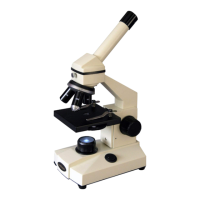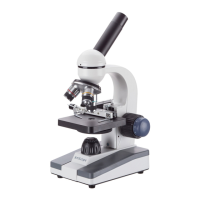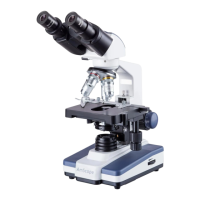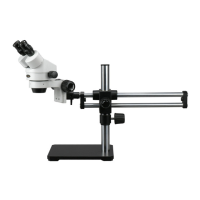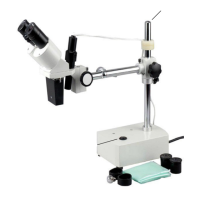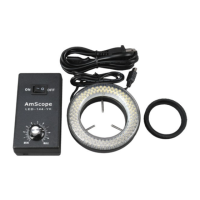110
MU Series (Windows)
User’s Manual
Process Menu Tools
Filter
Erode - This morphological lter is useful when a user wishes to modify the size of the objects in the image, as
it erodes the edges of bright objects and enlarges the edges of dark ones.
Dilate - The “Dilate” lter if used if one wants to modify the size of the objects in the image, as it erodes the
dark objects and dilates the bright ones.
Open - This lter is useful if one wishes to modify the shape of objects in an image. If the image contains bright
objects on a dark eld, the “Open” lter will smooth object contours, separate narrowly connected objects,
and remove small dark holes.
Close - This lter is useful if one wishes to modify the shape of objects in an image. If the image contains bright
objects on a dark eld, the “Open” lter will ll gaps and enlarge protrusons to connect objects that are close
together.
Tophat - The “Tophat” lter detects and emphasizes points, or grains, that are brighter than the background.
There are 3 kernel sizes for this lter process. The radio buons allow the user to select between them to se-
lect which best ts the grain size to detect.
Well - This lter detects and emphasizes grains that are darker than the background. There are 3 kernel sizes
for this processing method. The radio buons change the size of the kernel--picking the one most closely
matching the grain of the desired detecon area provides best results.
Gradient - The “Gradient” lter enhances edges in an image.
Watershed - The “Watershed” lter separates objects that are touching by eroding objects unl they disap-
pear, then dilang them again, prevenng them from touching. “Watershed“ doesn’t work with True Color
images, so, it must be converted to “Gray Scale” mode rst before this will funcon.
Thinning - This lter reduces the image to its bare skeleton. When choosing this lter, the user must set the
threshold that determines whether a pixel is part of the subject or the background. Like the “Watershed” lter,
the image must be in “Gray Scale” mode before it will funcon.
Distance - The “Distance” lter is used to show the distance of pixels within blobs to the outer boundaries of
those blobs. Aer applying the distance lter, the background will be black. Only the area within the blobs will
have non-zero values (white). The values of each pixel within the blob will be a count of the shortest distance
from that pixel to the edge of the blob. Thus, all pixels a long the blob’s border will have a value of 1 since they
are one pixel away from the blob, while pixels that are a distance of 2 from the border will have the value 2,
and so on. This creates a distance map of the image. Like the above, “Gray Scale” mode must be used for this
lter to work.
